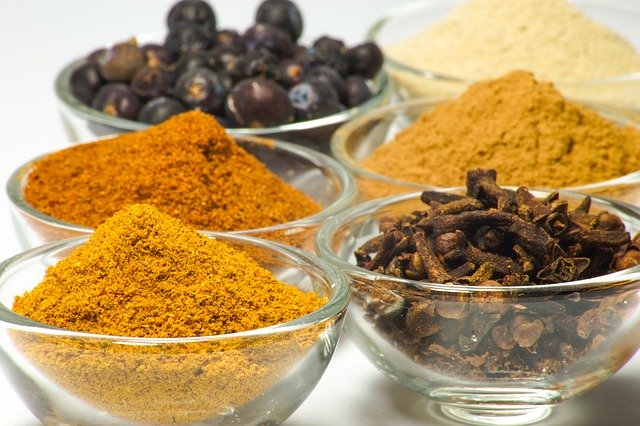This coming Sunday, we celebrate the greatest event in human history! Easter marks Jesus’ victory over man’s oldest curse, death, as He marched boldly out of His tomb early that morning. Despite the best efforts of many atheists, no one has yet been able to get Him back inside His tomb or explain His bodily resurrection in any way other than that recorded for us in the Gospels.
Matthew, Mark, Luke and John all record Jesus’ miraculous resurrection and even non-Christian historians refer to it as well. One of the details that Luke includes is how some of Jesus’ female followers brought spices to the tomb that morning to anoint Jesus’ body. Because of His crucifixion on Friday, they hurriedly stashed His body in a stone tomb expecting to return after the Jewish Sabbath to complete proper burial customs.

The Jews didn’t routinely embalm their dead, but they did wrap bodies with up to 75 pounds of spices to mask the smell of decaying flesh. Returning to do this for Jesus was at the top of the women’s Sunday morning to-do lists.
Although the Bible doesn’t tell us how much these spices cost, they were not cheap. The love and devotion for their Teacher and Lord, however, demanded that these ladies pay whatever price necessary to give their dearly departed a proper interment.
Nearly two millennia of believers have imagined the ladies’ shock and amazement when they arrived to find the tomb empty that morning. What they didn’t find that day is the best news the world could ever hear. Even today, in the midst of our battle with coronavirus, the undeniable proof of Jesus’ resurrection is even more encouraging than that of a successful treatment or vaccine, for we will all eventually die of something unless Jesus returns first.
What Luke does not tell us, however, is what the ladies did with their unneeded spices. Did they return them to the merchant for a full refund? Did they sell them second hand and donate the proceeds to a charity? Or did they set them on their shelves for when another loved one would pass into eternity? Unfortunately, we just don’t know.
Although this detail is unimportant to the eternal truth of the resurrection, it’s interesting to speculate. The possibility I like best is if they did, in fact, store them around their houses. Inevitably someone else would eventually die necessitating their use.
In the meantime, however, imagine what a powerful remembrance those unused spices would have been. Picture how every time they arrived home and walked inside, the pungent smell of these spices reminded them of the greatest event ever. Imagine how each time they moved this heavy bundle they remembered their joy and fear that morning when the angels told them that Jesus had risen!
Although those spices have long since disappeared, we too should keep reminders of Jesus’ resurrection handy. The empty cross is a visual testimony that Jesus not only died, but rose again and is alive forevermore. In addition, songs and poems can remind us of this greatest truth even in the midst of a pandemic. While these methods appeal to our senses of sight and hearing, what about opening an aromatic spice in our kitchens or burning some incense as an olfactory reminder. Some fresh linen can also prompt our sense of touch.
Ultimately, Holy Communion bears a tasteful testimony to Jesus’ death “until He comes.” This last phrase that Paul adds in I Corinthians 11 reminds us that Jesus is alive and will return again! It’s important that we remember these most powerful truths especially during times of disease and struggle. May they all remind us that because Jesus lives, those who trust in Him will also live!
As we celebrate Jesus’ resurrection this Sunday, may these concrete symbols remind us of its truths and may they permeate our living just as powerfully as those unneeded spices fragrantly reminded the ladies of the best news ever.
Happy Resurrection Day! George